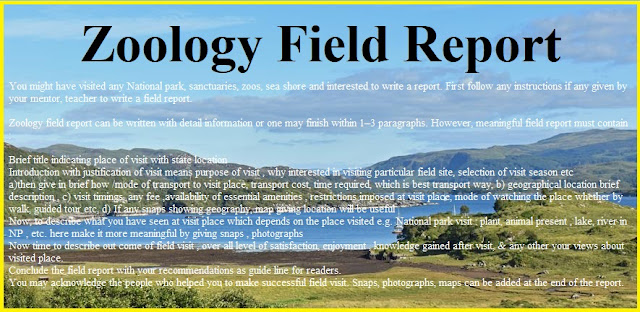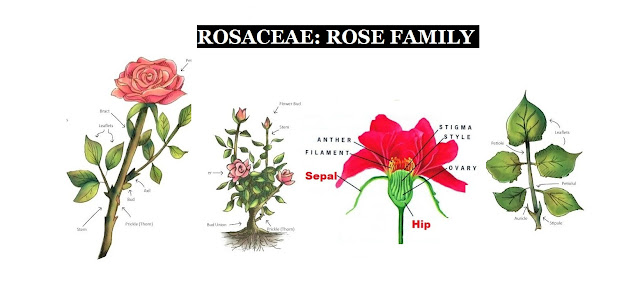Zoology field report
Table of Contents:
- Introduction to Zoo park
- Geography and history
- Wildlife at Zoo park
- Categories of wildlife
- What are Mammals
- Which types of birds are found
- Give an outline of Reptiles species
Introduction to zoo park:
Bahawalpur Zoo is a 25-acre (10 ha) Zoological garden situated in Bahawalpur Pakistan. It is handled by the Govt of Pakistan.
The zoo has occasionally bred and complete wild cats, such as lions of asia and tigers of Bengal to other zoos in Pakistan country. It also has an aquatic museum and zoological museum with birds, reptiles, and mammals.
Location: Bahawalpur, Punjab, Pakistan
Geography and history:
Bahawalpur zoo was made in 1942 by the former Aamir of Bahawalpur named as Sir Nawab Sadiq Muhammad Khan Abbasi. After this It was named "Sher Bagh" which means lion garden. From 1977 to 1982, the zoo remains under the power of the Department of Live Stock Punjab.
Location: Bahawalpur, Punjab, Pakistan
Year of opening:1942
No. of animals: 870 Birds: 600 and Mammals greater than180.
Wildlife at zoopark:
Different types of animals were found in the park. wildlife include desert animals like rabbits cats and many other desert animals.
Categories of wildlife:
Reptiles:
A mugger crocodile lives in an aquatic habitat. A Spur-Thighed tortoise is also found in the park.
Mugger crocodile:
The mugger crocodile Scientific name Crocodylus palustris also known as "marsh crocodile", "broad-snouted crocodile" and mugger, is a crocodilian native to freshwater habitats from southern Iran to the Indian subcontinent. It is extinct in the country of Bhutan and Myanmar and has been listed as Vulnerable on the IUCN Red List since 1982.
Species: calamus palustris
Kingdom: Animalia
Family: Crocodyliae
Class: Reptilia
Spur –Thighed tortoise:
The Greek tortoise (Testudo graeca), also known commonly as the spur-thighed tortoise is a species of tortoise in the Family testudindae . Testudo graeca is one of five species of Mediterranean tortoises. The Greek tortoise has a very long life which achieves the life span of about 125 years While some have according to verified reports 200 years.
Birds:
Æ Bud garage
Æ Great white pelican
Æ Indian peafowl
Æ Rock pigeon
Bud garage:
The budgerigar Melopsittacus undulatus) is a long-tailed, seed-eating parrot usually nicknamed the budgie, or in American English the parakeet. The budgerigar is closely related to Lories and the fig parrots.
Great white pelican
The great white pelican (Pelecanus onocrotalus) is also called as the eastern white pelican, rosy pelican or white pelican is also a bird in the family of pelican.
Indian peafowl
The Indian peafowl (Pavo cristatus), also known as the common peafowl, and blue peafowl, is a peafowl species native to the subcontinent of India.
This specie has been introduced in many other countries.
Rock pigeon:
The rock dove, rock pigeon, or common pigeon Columba livia is a member of the bird family Columbidae doves and pigeons. In common usage, this bird is known as the "pigeon"
Mammals:
Several peafowls are also on exhibit.
Æ Blackbuck
Æ hog deer
Æ nilgai
are housed in large paddocks
Blackbuck:
The blackbuck (Antilope cervicapra), also known as the Indian antelope, is an antelope found in India, Nepal, and Pakistan. The blackbuck inhabits grassy plains and slightly forested areas. Due to their regular need for water, they prefer areas where water is perennially available.
Hog deer:
The Indian hog deer (Hyelaphus porcinus) is a small deer whose habitat range from Pakistan, through northern India, to mainland Southeast Asia, which inhabit much of the Indo-Gangetic Plains of Pakistan, northern India, Nepal, Bangladesh, southwestern Yunnan Province in China, all the way to western Thailand
Nilgai:
The nilgai is the biggest Asian antelope and its inhabitant to the Indian subcontinent. This strong thin-legged antelope is characterized by a sloping back, a deep neck with a white patch on the throat, a short mane of hair at the back and along the back ending behind the shoulder, and around two white spots each on its face, ears, cheeks, lips, and chin.



Comments
Post a Comment